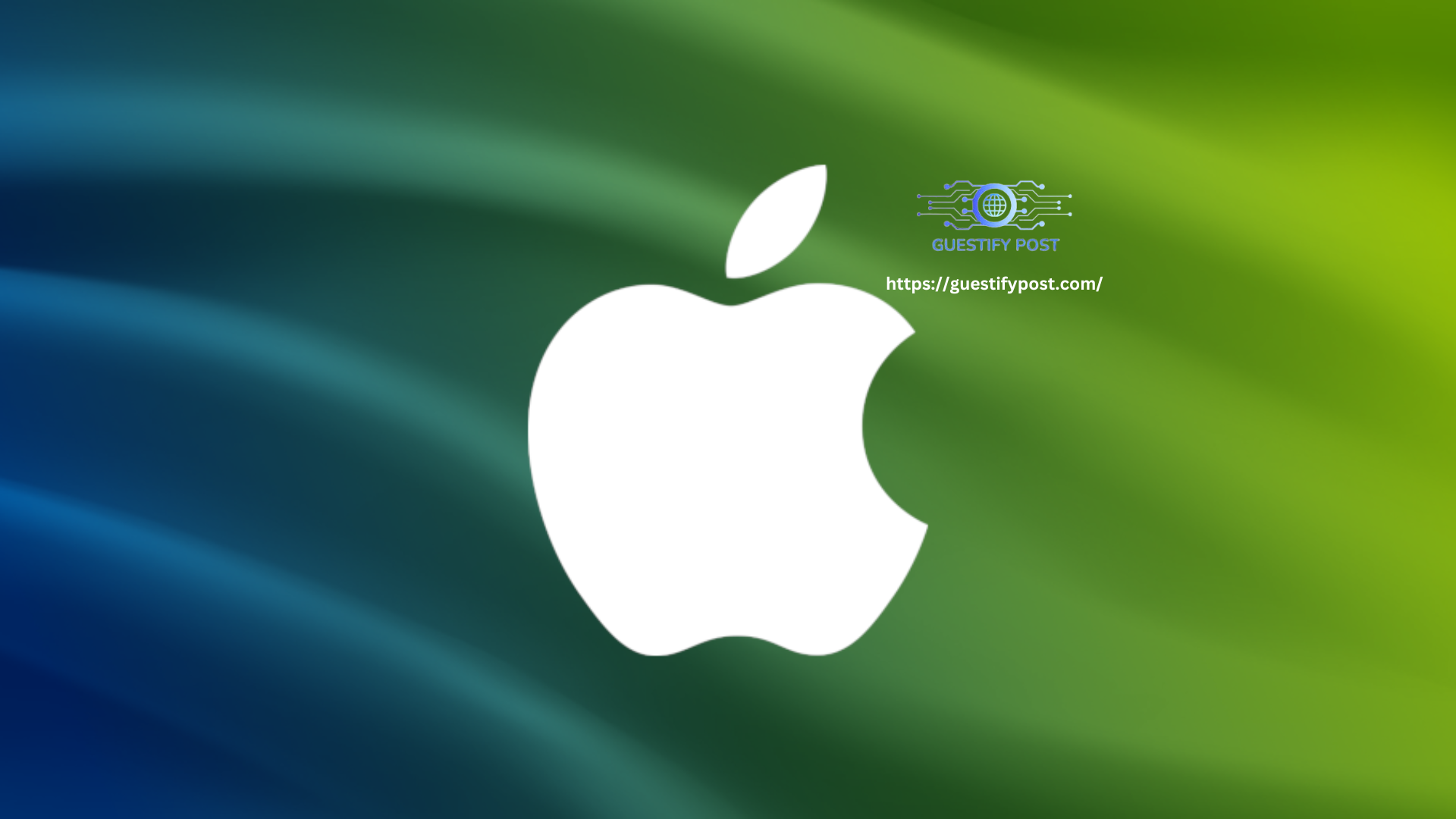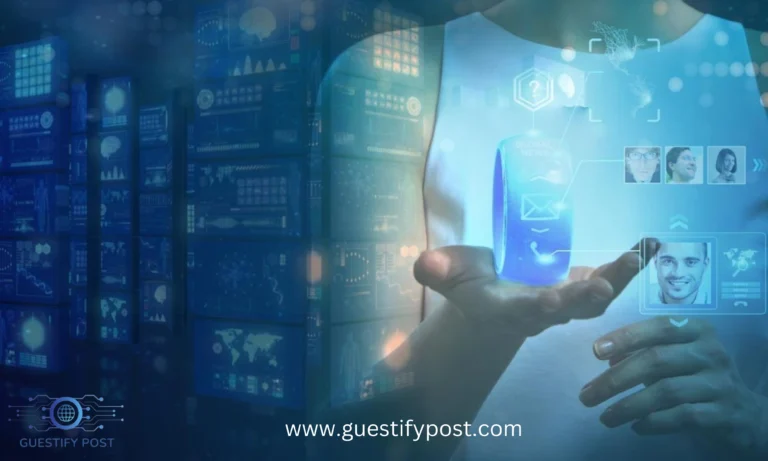Apple:Behavioral Economics
Apple iPhone was first time available in the year of 2007. Years after more than that, consumers are still prone to queuing night shifts to have the latest Apple iPhone releases. The massive lines of dedicated fans that form for every new release demonstrate that price tags above $1,000 have no effect on them.
One may argue that Apple has taken a unique lead in the market. Apple’s success was not accidental. In the era of big data, the organization has shaped consumer behavior and strengthened its brand by utilizing fundamental behavioral economics concepts. This is a story of how they thrived and how you can benefit from their example.
Apple’s success was not accidental. In the era of big data, the organization has shaped consumer behavior and strengthened its brand by utilizing fundamental behavioral economics concepts.
That’s how they became successful and you should learn from them these valuable tips.
Behavioral Economics
First of all, let’s phrase the term “behavioral economics”. The psychological analysis of the factors influencing economic decision-making is known as behavioral economics. It examines a variety of elements, such as emotions, culture, and society, and analyzes how these affect people’s choices and behaviors.
Behavioral economics is commonly divided into two main categories. This defines the reasons behind people’s first buying decisions and perceptions of them which, in most cases, tend to make them choose one brand over the other.
What The Relevance of Behavioral Economics is Within the Context of Big data?
In the 1990s, Hersh Shefrin, researched behavioral economics and indicated that big data took its significance in behavioral economics during the plea at the 2018 Robert B. Menschel Economics Symposium.
By using data sets and findings, the need for willing human volunteers in studies began to disappear, enabling researchers to test hypotheses and draw conclusions from already available data .That was a significant advancement for behavioral economics as it used large customer data to analyze purchasing decisions.
Companies such as Apple have employed similar strategies to determine the precise demographic and motivations behind their product sales. They have since further reinforced consumer behaviors and developed their brand into the success story it is today by employing this data.
Apple Employs Six Behavioral Economics Principles
Apple has constructed its unstoppable tech machine using a number of fundamental behavioral economics concepts. We’ve only covered six of them here.
In this context, social groups with shared interests and values are referred to as “tribes.” To have a feeling of identity is to be a part of a tribe.
Apple is a master of tribalism
Their clientele consists of a select group of individuals that utilize Apple products in addition to being Apple product owners. There’s even a website called Apple Tribe that publishes news, guides, and reviews about Apple products. As explained by Wendy Liebmann:
These aren’t your average consumers. Customers are purchasing a lifestyle and an aesthetic that the brand suggests.”
Apple’s brand is more about the lifestyle than the actual product. You can be successful, creative, and cool by using Apple products, and anyone can use them.
This explains why Apple has a number of celebrities linked to the company, all of whom tend to use the product to further their career, whether it be in their creative or other endeavors. Apple hires Jon Favreau to assist with scene direction. Jamie Foxx requests that Apple select the script he ought to work on next. Even Samuel L. Jackson uses Siri to arrange his schedule and locate organic mushrooms for a special dinner he’s cooking on a date night.
You cannot trademark Apple. It’s a club full of popular, successful, and creative people.
Part of the reason for Apple’s tribalism is the constant argument about whether Android or iPhone phones are superior.
This argument is almost like a conflict between two opposing tribes. Apple is on one side of the ring. Android users are in the opposite corner. Which side you support will depend on what you own. And Apple is committed to becoming the victorious party.
Apple gains even if you are an Android supporter. With multiple firms vying for the same clients, including Samsung, Google, Huawei, LG, and others, Android lacks a clear market leader. Apple maintains an unchallenged stance.
The Impact of Endowments
The Endowment Effect concerns the amount of value you assign to the possessions you hold. If two identical mugs were being sold, their prices need to be the same. However, one of the cups has far greater value if it belongs to you. You might pay £2 for a single mug, but you’re willing to pay £10 for the one you possess because it has a far higher value to you.
Apple incorporates the Endowment Effect throughout their shopping process. For this reason, all of their products have functioning models available for you to engage with in their stores.
Use it to play for as long as you’d like. Because they want you to feel like you own it, no Apple employee will ever fire you. Furthermore, big data indicates that you are willing to spend more for it when you feel that way .Give consumers the opportunity to try out your goods before they buy it, if at all possible. Take a cue from Apple’s loose policies about customer service and make them feel as though they already own your goods.
Social Demonstration
You’ll be more inclined to want an Apple product for yourself if you have friends or family that use and trust the brand.
Tribalism is all about belonging to a group. Social proofing might be understood as an attempt to avoid being the sole friend on the outside. However, it goes beyond that. It is a personal endorsement from other people that you ought to use Apple products.
It gives clients peace of mind that they can rely on you.
For this reason, consumers will ask their friends for recommendations or search for builders on review websites like TrustATrader. They must be aware of whom to trust.
You may want to reconsider having no testimonials of any kind on your website. According to a BrightLocal poll, 73% of consumers now trust a business more than they did before after reading good customer reviews. It’s a sign that your company, your product, and your brand have the approval of customers.
Heuristics
Heuristics are the cognitive schemes used for quick problem-solving and decision-making. They are intended to improve the decision speed and let you move forward without thinking and thinking.
Heuristics are used by Apple in their packaging.
Every component of Apple packaging is made to be clear, concise, and uncomplicated. With its striking black contrast and sophisticated white color scheme, it is exceedingly minimalistic. Each portion of their product is carefully organized into a specific section of a custom-made box.
Even the user manuals, which only have the word “Hello” on them, are remarkably simple. It draws your attention since it’s warm and uncomplicated. I doubt that I have ever felt the same way about a user manual before in my life.
Each and every element is made to be both high-quality and user-friendly. The heuristics at work here are straightforward: the product must be even better if the packaging is this well made.
What’s the takeaway from this? Don’t forget the little things. Each and every part of your product will convey a narrative about your company. To support the larger picture, make sure you get the little things right.
And the fact that there are more than 20,300,000 YouTube results for the search “Apple Unboxing” alone indicates that their audience has been greatly impacted by this information.
The Effect of Halo
A sort of cognitive bias known as the “Halo Effect” occurs when we let our opinions about someone or something shape our overall feelings about it. For instance, we may find someone more charming or funny if they are attractive than if they are not.
Every new product that Apple releases just strengthens the positive perception of their brand that they have built up over time. With the exception of the model number, all of their flagship goods, like the iPhone and Macbook, share the same name. As a result, this will be at least as good in quality as the last offering.
People jump to the conclusion that the newest iPhone model will be fantastic based on prior experiences. Consider how fantastic the next phone will be if people waited hours for the last one.
A Restricted Cost Picture
Cost isn’t just a simple figure. Pricing is influenced by a wide range of physiological aspects that affect our purchasing decisions.
Apple has a tight pricing strategy in place to uphold a specific brand image and perception. This allows them to maintain a high price for their goods and avoid ever having a sale. Sales can boost earnings in some ways, but there’s a risk that consumers won’t continue to pay full price if they anticipate finding it cheaper later.
Customers of Apple do not think this way. They won’t wait to buy since they know that the price they set is how much it will cost them; instead, they will act quickly to take advantage of a better offer elsewhere.
Furthermore, Apple intentionally sets a high price point to impact quality. Something must be high quality if it costs this much. For this reason, nothing sold by Apple will ever be inexpensive. They recently demonstrated this with a set of four wheels that cost an incredible $700.
While we don’t advise you to abruptly raise your prices and stop doing business, pricing is a crucial aspect that you must take into account. To choose a consistent pricing plan that benefits your company, examine your consumer data.
Apple: A Machine of Behavioral Economics
Apple’s success is largely attributed to upholding a rigid brand image and using fundamental behavioral economics to support it. Apple is seen by its customers as more than just a tech corporation. They offer more than just laptops and phones.
Apple makes a claim. The successful, well-known, and innovative people use this tidy, polished brand. You must purchase their goods if you wish to be a member of that club. Every aspect of Apple has been carefully considered. Every element, including the packaging and price, aims to support this premium image and sway customers’ decisions.
Not every strategy employed by Apple is going to work for your company. However, if there’s one thing to take away from them, it should be that every little thing counts.
Consider the potential needs and desires of your clients and use subtle nuances to influence their decision to choose you.







